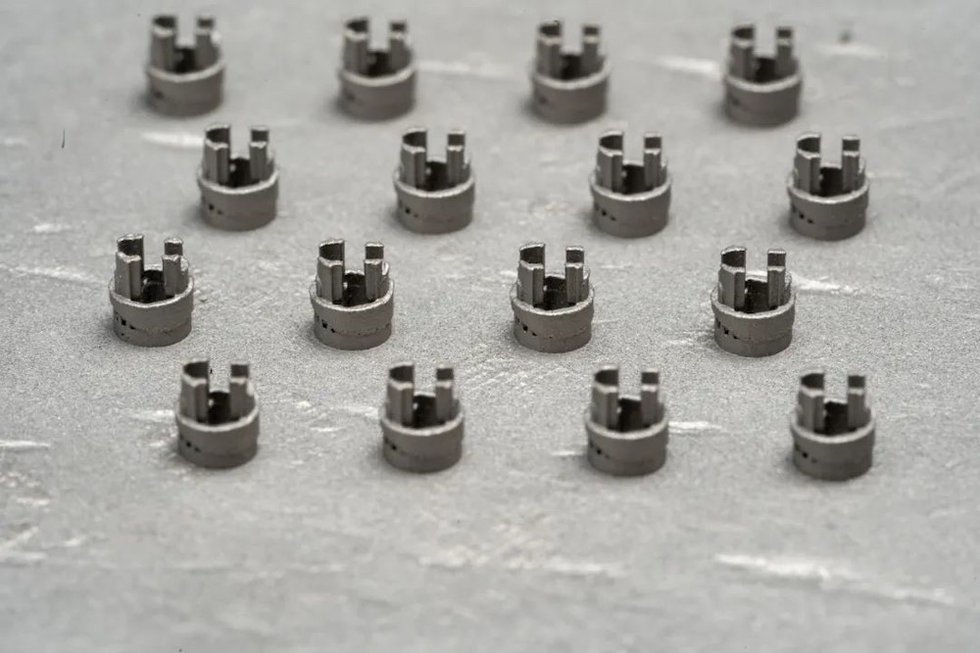
Bright Laser Technologies (BLT) has shared the role its metal additive manufacturing technology has played in the development of the world’s first flexible robotic system for brain surgery.
The MicroNeuro robot, which is designed to carry out minimally invasive neurosurgery, was developed by the Centre for Artificial Intelligence and Robotics (CAIR) of the Hong Kong Institute of Science & Innovation, Chinese Academy of Sciences. The MicroNeuro features multifunctional distal head caps, which were 3D printed on BLT’s two-laser BLT-A160D 3D printer with SUS 316L stainless steel. BLT says 1,190 pieces were produced in five hours, and finished with polishing.
According to CAIR engineers, these additively manufactured multifunctional distal head caps serve the ‘vital purpose of fixing and install image units, lighting units, instrument channels, and other components.’ Force sensing functionality has been integrated into a 3mm outer diameter endoscope, and optical fibres need to be fixed to the tip, while the caps are said to feature an intricate design with the thinnest sections measuring just 0.15mm in wall thickness, which would be difficult to manufacture through more conventional methods.
MicroNeuro features different technologies including high precision control, augmented reality surgical navigation, artificial intelligence, and ‘digital twin’ technology to make brain surgery more intuitive, and overcome challenges of hand-eye operations.
BLT is said to have played ‘a pivotal role’ in the development of critical components including flexible endoscopes, multi-cavity rigid sheath endoscopes, and heterotypic water guide tubes, and contributed ‘significantly to the development of MicroNeuro.’
CAIR has also hinted at future use of BLT’s metal 3D printing technology, including through other research projects: “In the future, we may need to integrate irregular channels such as flushing lenses and suction and irrigation on this structural component. Therefore, we believe that metal 3D printing is the only low-cost, high-precision production method for this type of part.”
Earlier this month, BLT shared how its BLT-S210 and BLT-S320 systems have also been used by Wedo to produce a number of personalised custom implants and orthopaedic medical devices, including the WedoCage medical implant which has now received market approval in China.




